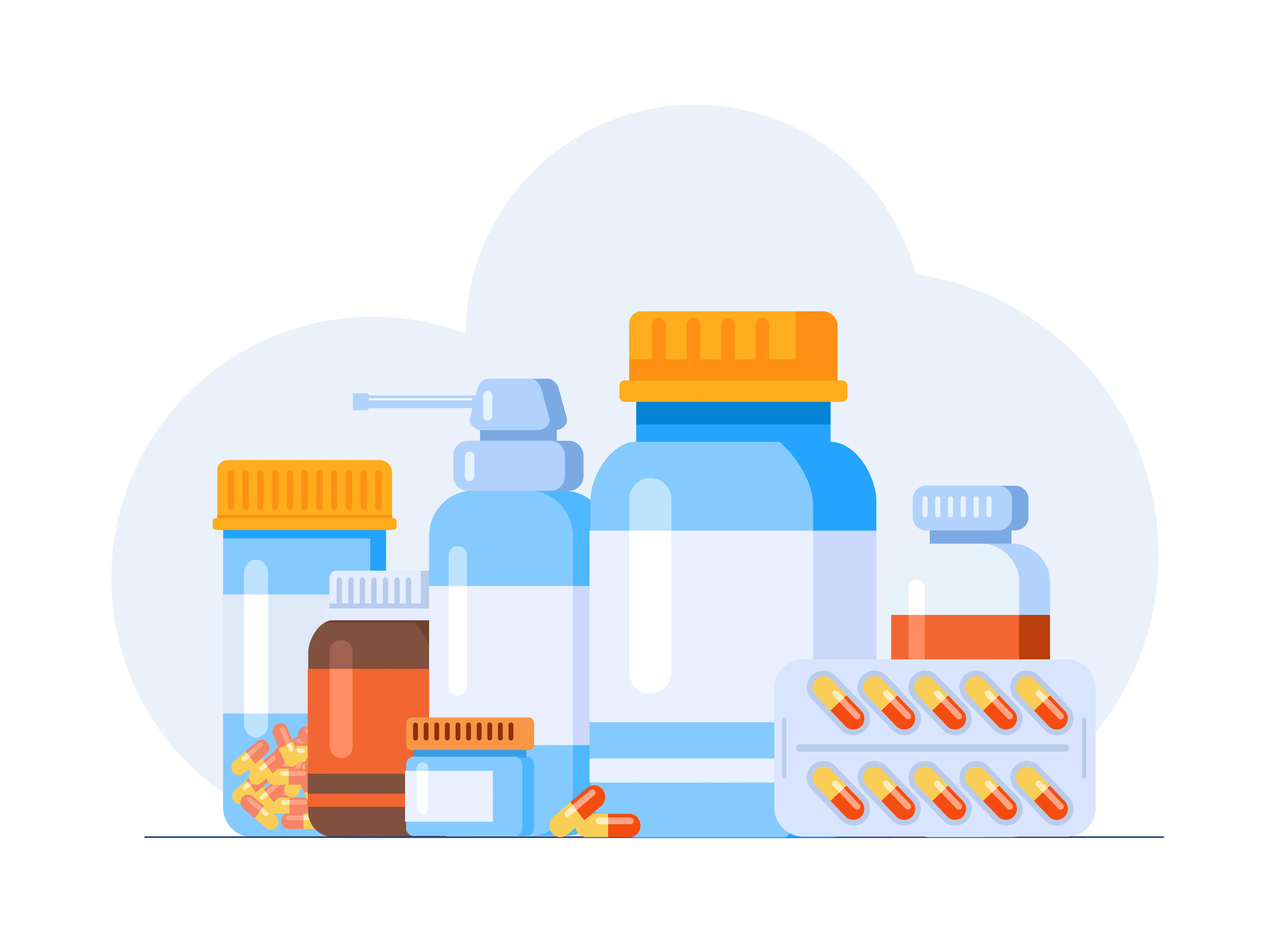The function of packaging has expanded well beyond containment in the ever-changing pharmaceutical industry. Modern primary packaging needs to meet many requirements: it must protect patient safety, preserve the product's physical and chemical stability, and comply with international sustainability demands. The development and use of main packaging strategies by businesses is being reshaped by these three pillars: sustainability, stability, and safety. As we enter a new phase of healthcare innovation, next-generation packaging solutions are becoming indispensable rather than optional. To support this, the Pharma Packaging & Labelling Forum organized by World BI brings together suppliers and manufacturers, enabling them to find the ideal partners for their packaging and labelling needs.
Primary Packaging:
- The initial layer of protection that immediately encloses the medicinal product is called primary packaging.
- It must consequently fulfill strict performance and regulatory standards since it comes into close touch with the medicine.
- Bottle containers, pre-filled syringes, ampoules, blister packs, and vials are a few examples.
- In addition to maintaining the medication's effectiveness, this layer acts as a vital conduit between the patient and the product.
- As the need for customized medicine, biologics, and more complicated medication formulations grows, cutting-edge solutions created to satisfy 21st-century demands are replacing conventional materials and forms.
Safety: Preserving Patients Internal Health:
When it comes to pharmaceutical packaging, patient safety is still the first priority. This incorporates child-resistance, tamper evidence, barrier integrity, and user-centric designs that reduce dosage mistakes in next-generation systems.

Anti-counterfeiting and Tamper-Evident Features:
- According to WHO estimates, 10% of medical items in low- and middle-income nations are either counterfeit or of poor quality.
- In addition to endangering health, counterfeit medications damage public confidence in healthcare institutions.
- Tamper-evident seals, smart authentication (such as NFC chips and QR codes), and serialization are all included into the new main package to trace and validate validity from patient to manufacturing.
Senior-Friendly & Child-Resistant Designs:
- It might be difficult to strike a balance between accessibility and protection.
- Closure system innovations currently provide two advantages: they make sure that minors cannot access pills and make them simple for the elderly to open.
- When it comes to packaging high-risk pharmaceuticals, this dual-focus design approach is essential.
Preventing Contamination and Leachables:
- To lessen contact between the formulation and the packaging, particularly for delicate biologics, advanced polymer materials, glass substitutes, and coated surfaces are being introduced.
- Technologies such as cyclic olefin copolymers (COC) and polymers (COP) provide great chemical resistance, low extractables, and good barrier qualities.
Stability: Maintaining Potency and Increasing Shelf Life:
Pharmaceuticals are extremely sensitive to temperature, light, oxygen, and moisture. Next-generation primary packaging is intended to protect, preserve, and contain.
Active Technologies for Packaging:
- Active packaging actively engages with the environment, in contrast to passive materials
- The shelf life of products is increased via UV-protective barriers, oxygen scavengers, and moisture-absorbing inserts.
For example, clear UV-blocking coatings shield light-sensitive injectables from light, while blister packs containing silica-based desiccants stop tablets from degrading due to moisture.
Biologics Material Innovation
- Due of their sensitivity to temperature, biologics need to be stored in a strict cold chain.
- Superior compatibility with biologic molecules, consistent wall thickness, and increased break resistance are provided by advanced polymeric vials and pre-filled syringes.
- Moreover, coated glass vials (such as SiO2 or hybrid glass) lessen particle formation and delamination, two significant hazards for injectable treatments.
Smart Packaging with Real-Time Monitoring:
- Real-time tracking of storage conditions is made possible by integrating digital sensors and IoT into packaging.
- If there is a cold chain breach, RFID tags or time-temperature indicators (TTIs) can notify patients or pharmacists, increasing responsibility and cutting down on waste.
Sustainability: Eco-Friendly Decisions for a Better Earth:
There is growing pressure on the pharmaceutical business to lessen its influence on the environment. Despite their effectiveness, traditional packaging materials like glass and multilayer plastics greatly increase medical waste.
Material Reduction and Eco-Design:
- In package design, light weighting, one-material constructions, and recyclable materials are popular trends.
- When feasible, businesses are switching from PVC to PET or bio-based polymers like PLA (polylactic acid).
- Smaller footprints and minimalist blister packs also contribute to less material use.
Reusable and Refillable Packaging:
- Reusable components are being incorporated into innovative medication delivery systems, particularly in self-administered medicines like insulin or biologics.
- Cartridge-based injector systems greatly reduce plastic waste because only the medication needs to be changed, and the device itself may be reused.
Industry and Regulatory Cooperation:
- Strict pharmaceutical restrictions must be in line with sustainability.
- Pharmaceutical firms are encouraged to commit to carbon neutrality, waste reduction, and eco-friendly packaging options through programs like the Pharmaceutical Supply Chain Initiative (PSCI) and ECO+ by Pharmapack.
- Nowadays, a lot of packaging providers provide Life Cycle Assessments (LCAs) to pharmaceutical companies so they may assess how their packaging decisions will affect the environment.

The Path Ahead: Personalized, Circular, and Connected:
More than just a functional layer, next-generation primary packaging is a strategic tool for providing stable, sustainable, and safe treatments. Here's what's coming up:
- Personalized Packaging: As personalized medicine develops, packaging must change to accommodate different dosages, specific patient needs, and tailored forms.
- Connected Devices: Especially for self-administered or chronic therapies, smart caps, adherence sensors, and associated mobile applications will turn packaging into an active healthcare facilitator.
- Circular Models: To prevent packaging from ending up in landfills or the ocean, pharmaceutical businesses will transition to take-back programs, recycling initiatives, and closed-loop solutions.
World BI Pharma Packaging & Labelling Conferences:
Primary packaging for pharmaceuticals is undergoing a major revolution due to the convergence of sustainability, stability, and safety. The next generation of packaging is changing the way that medicine is delivered and protected, whether it is by incorporating smart sensors, using eco-friendly materials, or creating patient-friendly designs. Packaging innovation is more than simply a technological advancement in a time when environmental responsibility and patient outcomes go hand in hand; it is a dedication to improved healthcare and a better society. Exclusive gatherings are organized by the Pharma Packaging and Labelling Conference, which provides a platform for distinguished leaders, Artwork Professionals, and Industry experts from different companies to come together with the common goal of promoting worldwide knowledge.
For more information, kindly visit World BI.